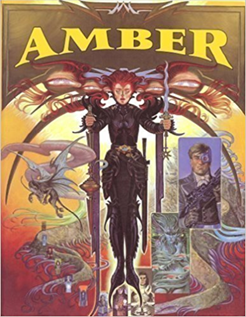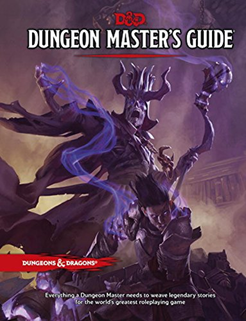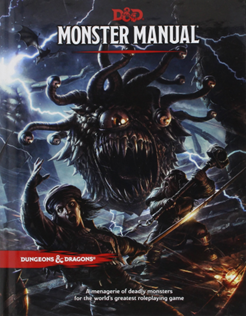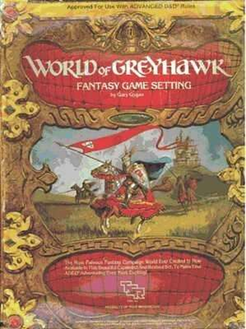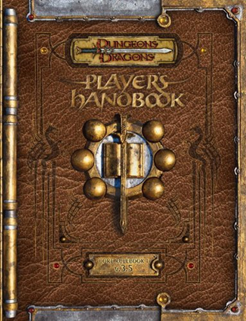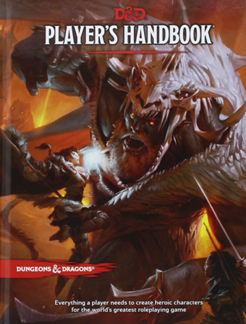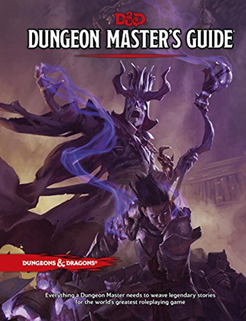
Pathfinder II – Modifier Madness
One thing that greatly irritates me about Pathfinder is the plethora of conditional modifiers. There are usually very good game-world reasons for those modifiers, but the more of them there are, the harder it gets to keep track of everything. I just noticed one of them in the latest blog entry on PF2, Secrets of Alchemy. Now, thematically this is a fantastic item. It’s very … Continue reading Pathfinder II – Modifier Madness

